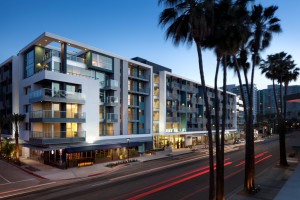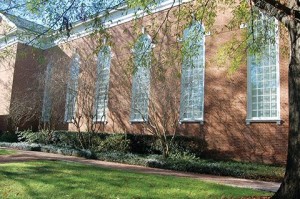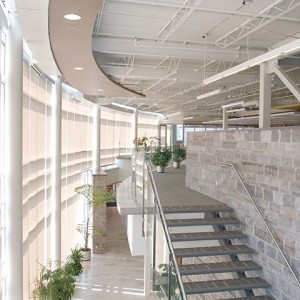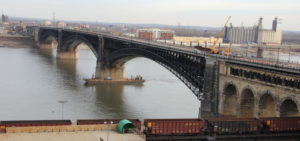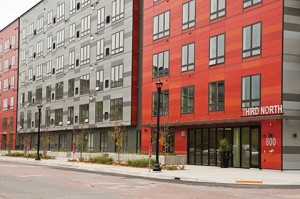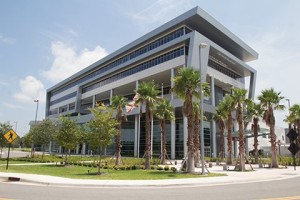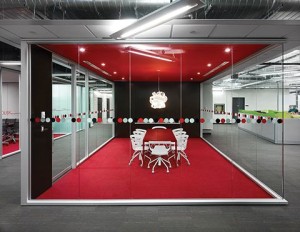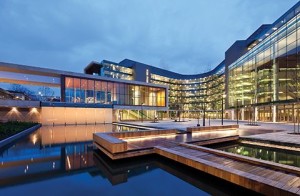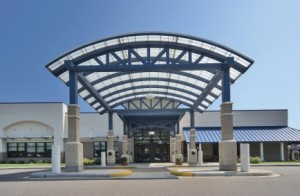As multi-family developers and design teams strive to increase urban density in a way that is affordable, wood framing continues to appear as a popular material choice.
+ Read More
|
When it comes to historic preservation projects, architects and installers can find themselves at a loss. Wood is the most traditional material, but also notoriously unstable. It has a tendency to warp and becomes vulnerable to rot, decay, and insects.
+ Read More
|
From their early uses in commercial offices to relatively newer applications such as patient rooms in hospitals, sound masking systems are becoming a more common component of interior design. This technology distributes an engineered background sound throughout a facility, raising its ambient level in a controlled fashion.
+ Read More
|
Many UL designs have load restrictions—a matter of great importance and potential liability for engineers of record (EORs), who, in accordance with several building codes and the UL Fire-Resistance Rating Directory, are responsible for identifying and approving the use of such designs on a project.
+ Read More
|
The iconic Eads Bridge crossing the Mississippi River between St. Louis, Missouri and East St. Louis, Illinois was the first steel structure bridge of its kind in the United States when it was designed by James B. Eads and opened on July 4, 1874.
+ Read More
|
Moisture intrusion in a wall system can cause building defects and health ailments for occupants, making rainscreens a very important tool in water mitigation. There are several popular types of rainscreens that manage moisture infiltration in different ways.
+ Read More
|
There are many different metal composite panel (MCP) assemblies with varying strengths. Traditionally, these claddings are simply fastened without insulation to the structural wall, through membrane water-resistive barriers (WRBs) and gypsum sheathing.
+ Read More
|
The rise of the cubicle in the 1960s and '70s began from a desire for private workspaces. They became so popular that offices used to look like cubicle farms, until these row-upon-row ‘bullpens’ began to draw criticism for their appearance and their limitations on peer interaction and collaboration.
+ Read More
|
Insulating glass (IG) units—or IGUs—have come a long way in the past 70 years. Originally mass-produced in the early 1940s to decrease noise and increase passenger comfort in Pullman railroad cars, the technology has transcended that mobile application.
+ Read More
|
Stretch forming is a process in which s metal extrusion is kept under constant tension, while stretched and bent simultaneously over a die to create contoured parts.
+ Read More
|
|
|


